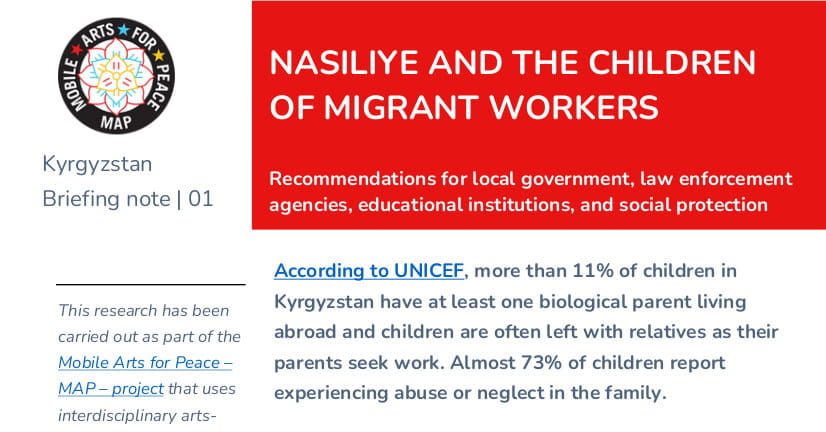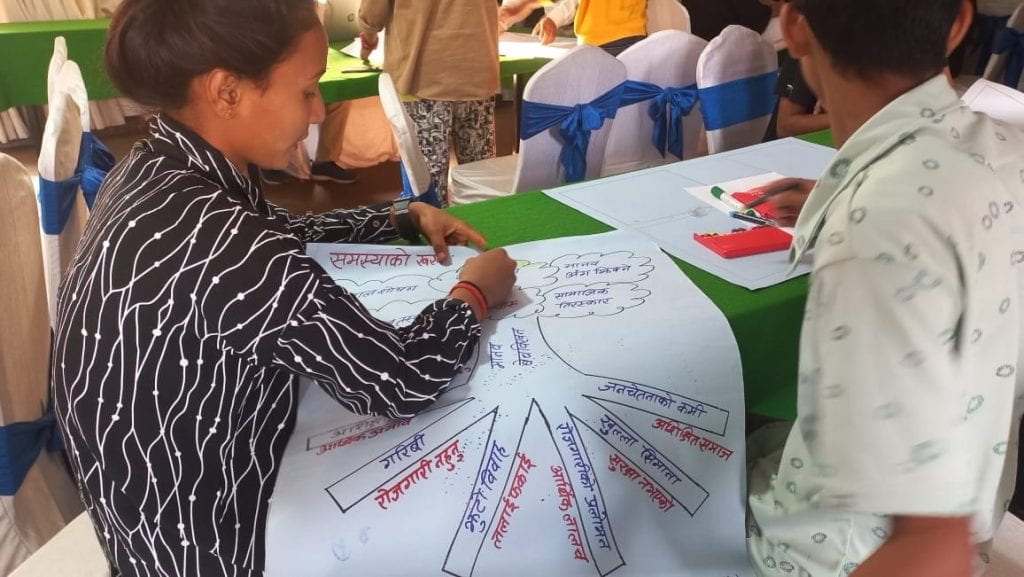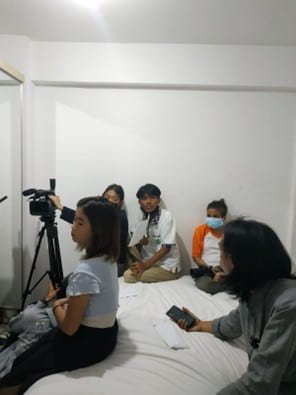Author: Ananda Breed Edition: Camilo Soler Caicedo Caption: Policy Brief created by MAP Youth Researchers in Kyrgyzstan Art-based methods enable different stakeholders and audiences to engage with critical ideas and issues. The Arts and Humanities Research Council (AHRC) Global Challenges Research Fund (GCRF) project ‘Mobile Arts for Peace (MAP): Informing the National Curriculum and…
How Can Young People Engage Policy-makers?


